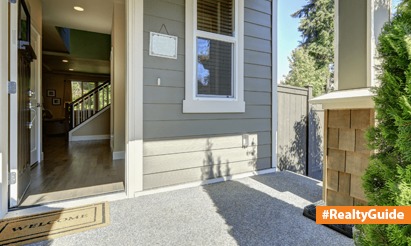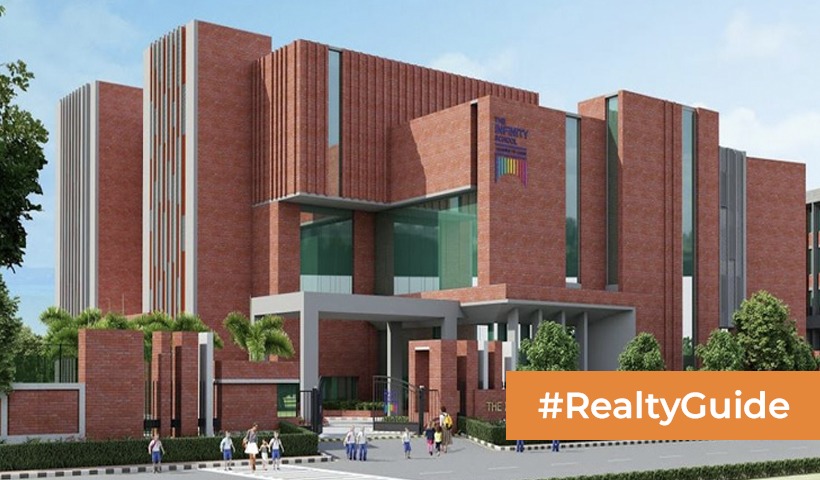Things You Should Know About the Pagdi System!
Despite being a widely used rental model in India, the Pagdi system is a little unique from other rental systems. In this case, the renter pays a symbolic rent as opposed to the going market rates because they are also co-owners of the property. The tenant also has other rights, including the ability to rent and sell the property.
An illustration will help us comprehend how the Pagdi system functions:
As an illustration, consider the presence of A and B. B is the renter, and A is the owner. In this instance, A is the owner of a property that B is considering purchasing.
B would pay A a fixed fee under Pagdi’s renting model, commonly referred to as Pagdi. In return, A would pay for B to get 60–70% cheaper monthly rates and co-own the property, but only under specific circumstances.
The renter has the right, as a co-owner, to sublease or sell the property after a predetermined time. However, when subletting, the rental money is typically split 35:65 between the prior renters and the landlord.
About 30–50% of the revenues from the sale of a property go to the owner, with the remaining funds going to the renter. This reserve benefits the owner financially and lessens their tax liability. Today, the Pagdi rental concept is used by several micro markets in Mumbai, Kolkata, and Delhi. Over 7.5000 homes in Mumbai are reportedly part of the Pagdi system. Pagdi tenants predominate in places like Colaba, Worli, Dadar, Mahim Fort, Parel, Lalbagh, Sewri, Warden Road, and Peddar Road.
Given the numerous issues with the renovation of historic structures, the most modern Pagdi model has become a top priority for the Mumbai administration.
Although the market price for a single unit in South Mumbai ranges from BHK between Rs 30,000 to Rs 65,000 per month, Pagdi leases homes and pays no more than Rs 500 to Rs 1000 each apartment every month. Owners of these buildings are hesitant to maintain the property due to the low rentals they get. As a result, the Maharashtra Rent Control Act 1999 has long been the subject of reforms suggested by the state government.
The national government’s planned tenancy model is being adopted gradually by renters of huge flats in Mumbai, but the proposal puts buildings beyond 547 m2 in striking contrast to them.
Since the majority of the structures in Pagdi are dilapidated and in danger of collapsing, the Brihanmumbai Municipal Corporation offered a reduction on the Additional Usable Area Index (FSI) for developers planning to renovate structures in Pagdi in 2019. The Development Control and Promotion Acts have further supported FSI by allowing developers to get a 60–70% FSI incentive for redeveloping two to five or more Pagdi properties.
Disclaimer: The views expressed above are for informational purposes only based on industry reports and related news stories. PropertyPistol does not guarantee the accuracy, completeness, or reliability of the information and shall not be held responsible for any action taken based on the published information.




